T. H. Brockmann (auth.)9789048124343, 9048124344
Adaptive structural systems in conjunction with multifunctional materials facilitate technical solutions with a wide spectrum of applications and a high degree of integration. By virtue of combining the actuation and sensing capabilities of piezoelectric materials with the advantages of fiber composites, the anisotropic constitutive properties may be tailored according to requirements and the failure behavior can be improved. Such adaptive fiber composites are very well-suited for the task of noise and vibration reduction. In this respect, the helicopter rotor system represents a very interesting and widely perceptible field of application. The occurring oscillations can be reduced with the aid of aerodynamic couplings via fast manipulation of the angle of attack, being induced by twist actuation of the rotor blade. On the one hand, the sensing properties may be used to determine the current state of deformation, while, on the other hand, the actuation properties may be used to attain the required state of deformation. The implementation of such concepts requires comprehensive knowledge of the theoretical context, which is illuminated in this work from the examination of the material behavior to the simulation of the rotating structure.
Table of contents :
Front Matter….Pages i-xviii
Introduction….Pages 1-3
Helicopter Applications….Pages 5-18
Fundamental Considerations….Pages 19-40
Piezoelectric Materials….Pages 41-67
Piezoelectric Composites….Pages 69-98
Adaptive Laminated Composite Shells….Pages 99-113
Adaptive Thin-Walled Beams….Pages 115-138
Virtual Work Statements….Pages 139-154
Solution Variants….Pages 155-168
Demonstration and Validation….Pages 169-198
Conclusion….Pages 199-201
Back Matter….Pages 203-219
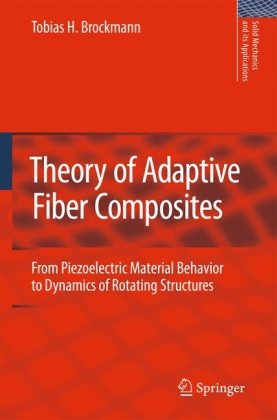
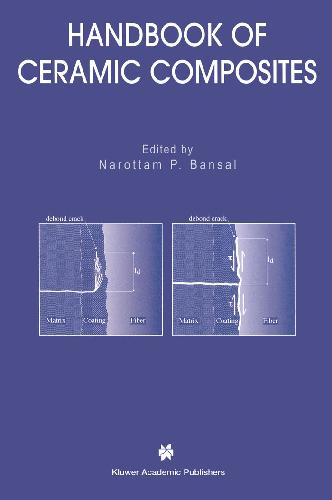
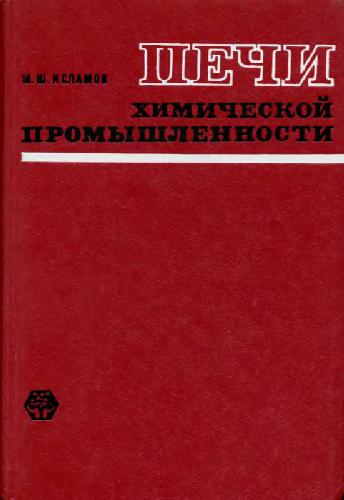

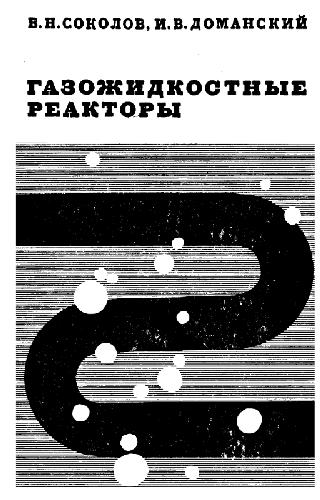

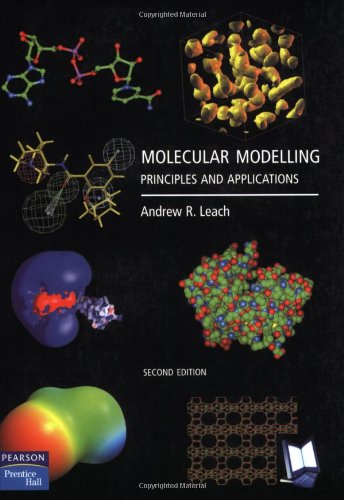
Reviews
There are no reviews yet.